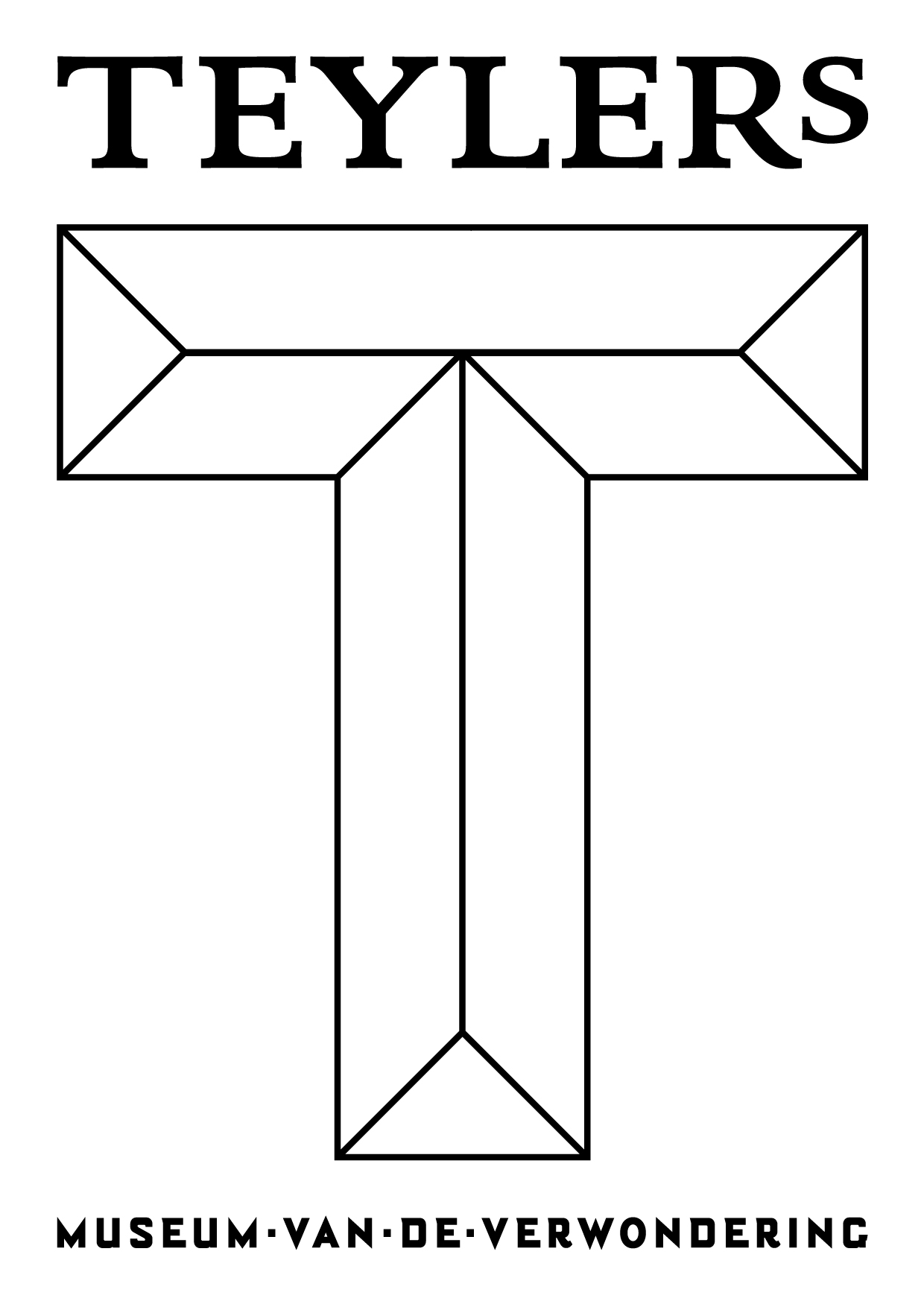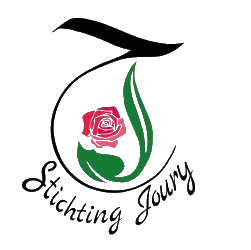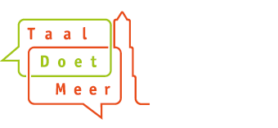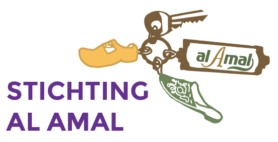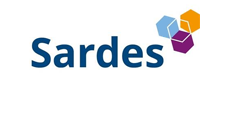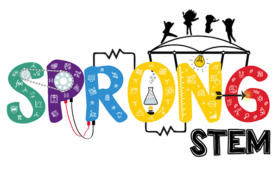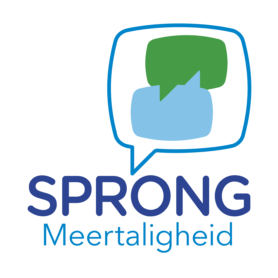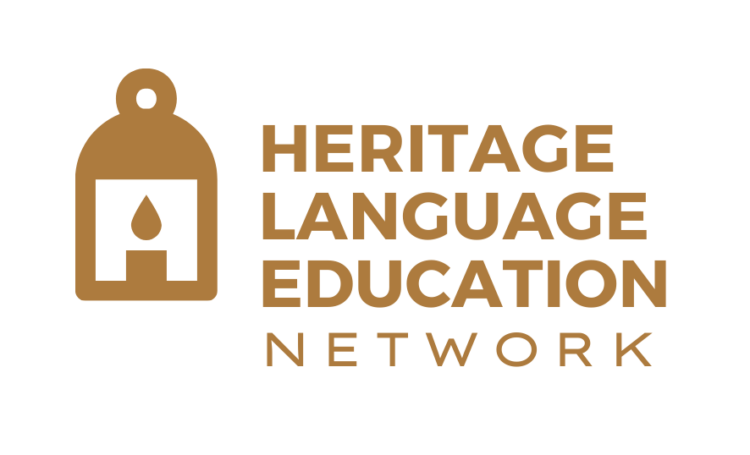The home language is a key, a bridge, and a mirror
A common misconception is that the home language of multilingual children hinders learning and participation at school. On the contrary, the home language offers many opportunities. The home language is a key, a bridge, and a mirror. We used these three metaphors in our workshop at the PO conference (in the Netherlands) on Wednesday, February 7, 2024. During the workshop, we noticed that they resonated with the participants. In this blog we explain what we mean by the metaphors.
Key to unlock knowledge. A practical example from Hanneke, a teacher in newcomer education and PhD candidate at Utrecht University, makes it clear what we mean: “I tried to teach a student the difference between even and odd. Even though I had already explained it in several ways, he did not understand. Until we figured out how to say ‘even’ and ‘odd’ in his home language. Immediately, his face cleared up and within a few minutes he had completed the assignment he had previously struggled with.”
Bridge to learn Dutch. Peripatetic teacher Sasja (Expertisecentrum taalgroepen Voila) uses translation apps such as Google Translate, SayHi, and Chat GPT to increase accessibility of teaching material. One of her students was allowed to first do a creative writing assignment in Italian, his native language. He then translated everything into Dutch himself with a translation app. Together they then discussed the Dutch words and sentences and came up with a rich Dutch story. “If the student had written directly in Dutch, without Italian,” Sasja said, “the story would have been much more limited.”
Another example. In Henk and Vera Ellen’s class, students wrote stories about their experiences with money, such as shopping, and buying sweets or presents. First, the stories were discussed orally one by one. Students used different languages from their repertoires. They helped each other translate. This work form immediately led to new Dutch words. Vera Ellen: “and then someone mentioned ‘my mother’s sister’s son’. Well, then we also discussed the ‘aunt’, ‘uncle’, ‘cousin’ and ‘niece’.”
Mirror that leads to reflection and metalinguistic conversations. Zaahid told Vera Ellen that he found telling time in Syria easy. But in the Netherlands it became ‘a bit difficult’. Vera Ellen: “At one point we discussed that the clock can be divided into quarters. In Dutch he said ‘another fifteen minutes, and then it’s eleven o’clock’. I explained that this was the same as ‘fifteen minutes to eleven’ or ‘a quarter to eleven’. Zaahid said that in Arabic it translated to ‘eleven minus a quarter’ or ‘eleven minus fifteen minutes’.” Vera Ellen and Zaahid then continued talking about the differences and similarities between Dutch and Arabic. They discovered how you can approach the same underlying concept in different ways.
1. The workshop was given by Lianne Stolte (UU), Sasja Vennekens (Expertisecentrum taalgroepen Voila), Vera Ellen van Bork (WereldKidz), and Elma Blom (UU).
-Elma Blom | project leader.
Currently this blog is only available in Dutch and English. To read in another language, we propose translation tool DeepL.


